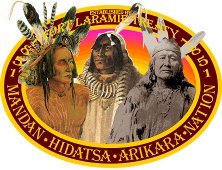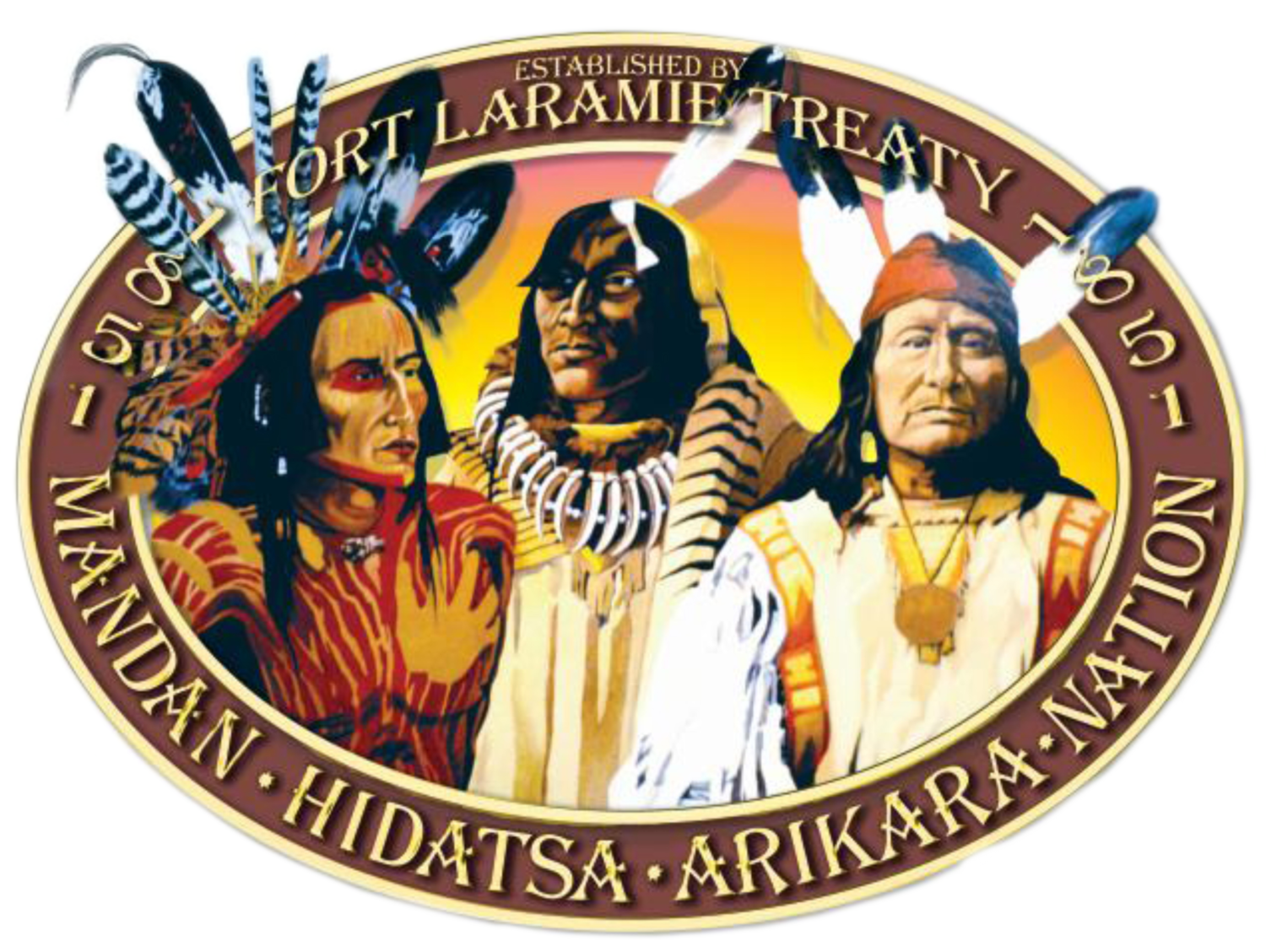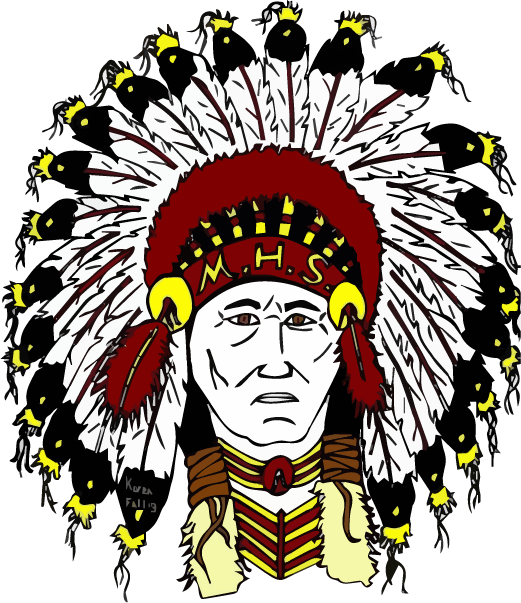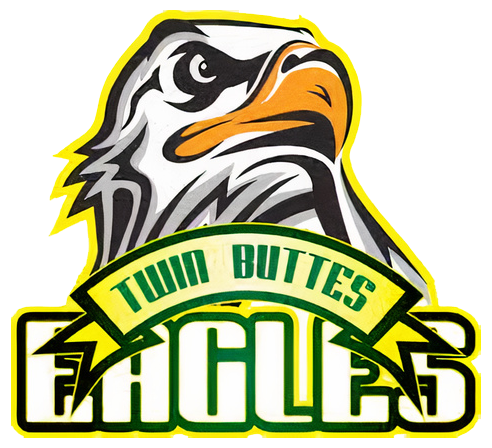
About TAT-MHA Nation
Location & Size: The Mandan, Hidatsa and Arikara Nation, also known as the Three Affiliated Tribes, is located on the Fort Berthold Indian Reservation in central North Dakota. The reservation is located on the Missouri River in McLean, Mountrail, Dunn, McKenzie, Mercer and Ward counties. The reservation consists of 988,000 acres, of which 457,837 acres are owned by Native Americans, either as individual allotments or communally by the Tribe. (MHA Nation)
Population: As of April 15, 2025, 17,592 enrolled members of the MHA Nation, 12,093 currently live off the reservation and 5,461 live on the reservation. (MHA Enrollment)
Languages: On the Fort Berthold Indian Reservation, English is widely spoken, while the Mandan, Hidatsa, and Arikara languages are actively being revitalized through Tribal cultural & language programs.
Contact Information
Mandan Hidatsa & Arikara Nation
307 5th Avenue
New Town, ND 58763
701-627-4781
Historical Overview of MHA
The Mandan, Hidatsa, and Sahnish live in the Missouri River area. Historians document the first tribe, to occupy this area was the Mandan with the Hidatsa, and the Sahnish moving up the river later. The Mandan and Hidatsa people were originally woodland people who moved to the plains at various times. One theory is the Mandan moved from the area of southern Minnesota and northern Iowa to the plains in South Dakota about 900 A.D., and slowly migrated north along the Missouri River to North Dakota about 1000 A.D.
The Hidatsa moved from central Minnesota to the eastern part of North Dakota near Devils Lake, and moved to join the Mandan at the Missouri River about 1600 A.D. The Mandan and Hidatsa believe they were, created in this area and have always lived here. According to anthropologists, the Sahnish people lived in an area that extended from the Gulf of Mexico, across Kansas, Nebraska, South Dakota. Dates of migrations all Three Tribes have been, determined by archeological investigation of village sites constructed along the Missouri and elsewhere. Many of these sites, although collapsed and abandoned long before, were excavated along the Missouri River during the 1950’s and 1960’s.
In the 1995 the North Dakota Historical Society completed the Missouri Trench National Historical Landmark Theme Study, that summarized the archeological investigation of the Missouri River area from southern South Dakota through North Dakota to Montana. Many of the sites were of Mandan, Hidatsa, and Sahnish origins. Ethnographers (people who study cultural societies) group people by the languages they used or were likely to be used by a single group at one time. Indian nations were divided into several linguistic groups.
The Mandan and Hidatsa tribes belong to the Siouan linguistic group, along with the Crow, Dakota, Lakota, Yanktonai, Assiniboine, Iowa-Oto- Missouri, Quapaw, Omaha-Ponca-Osage-Kansas. The Sahnish belong to the Caddoan linguistic group, along with the Pawnee, Caddo, Wichita, Anadarko, Skidi, Tawakoni and Waco. This guide links the oral and written histories of the Mandan, Hidatsa and Sahnish to provide a more accurate viewpoint. The oral tradition preserved the history and ceremonies of the Tribes through a strict and sacred process, thereby adding to the validity of oral tradition.
Three Affiliated Tribes Flag
 | Mandan, Hidatsa & Arikara Nation logo and flag was designed by Dennis R. Fox Jr, in 2001. The images of the men represent the historic leadership of the Nation in this case, the men are (left to right):
These leaders perpetuated our Nation’s government and culture to present day. Our Nation of the Three Affiliated Tribes was established by the Fort Laramie Treaty of 1851. |
Election Process
The governing body of the Three Affiliated Tribes of the Fort Berthold Reservation shall be known as the Tribal Business Council.
The Tribal Business Council shall consist of seven (7) members. The Chairman of the Tribal Business Council shall be elected at large by a majority of all the votes cast for the office of Chairman. The six (6) other Council members shall be elected from segments, one council member to elected from each of the following segments by a majority of all the votes cast for the office of Council representative from the respective segment:
- White Shield - East Segment
- Twin Buttes - South Segment
- New Town - North Segment
- Mandaree - West Segment
- Four Bears - Four Bears Segment
- Parshall - North East Segment
Within three (3) days after the installation of the successful candidates for Council positions elected at the general election, the newly constituted Tribal Business Council shall meet and organize by electing a Vice Chairman, a Secretary, and a Treasurer from its own members, and from within our outside its own members. It may elect or appoint a Sergeant-at-Arms and such other officers and committees as it may find necessary.
The members of the Tribal Business Council shall hold office until the next regular election until their successors are elected or appointed and qualified.


 Parshall School
Parshall School


